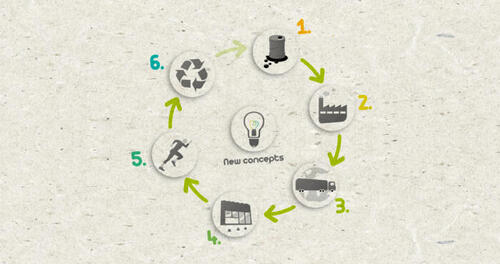This is how!
All Products
Discover them all
We are passionate about more than just sports at Decathlon. Sustainability is something that we take very seriously when looking at our business practices, stores and more importantly the many products that we sell each day. We make effective and positive changes to ensure our products are not only environmentally conscious, but long lasting and repairable too. To find out more about how our products have an environmental advantage with Eco Design, read the article below.
Shop Now
